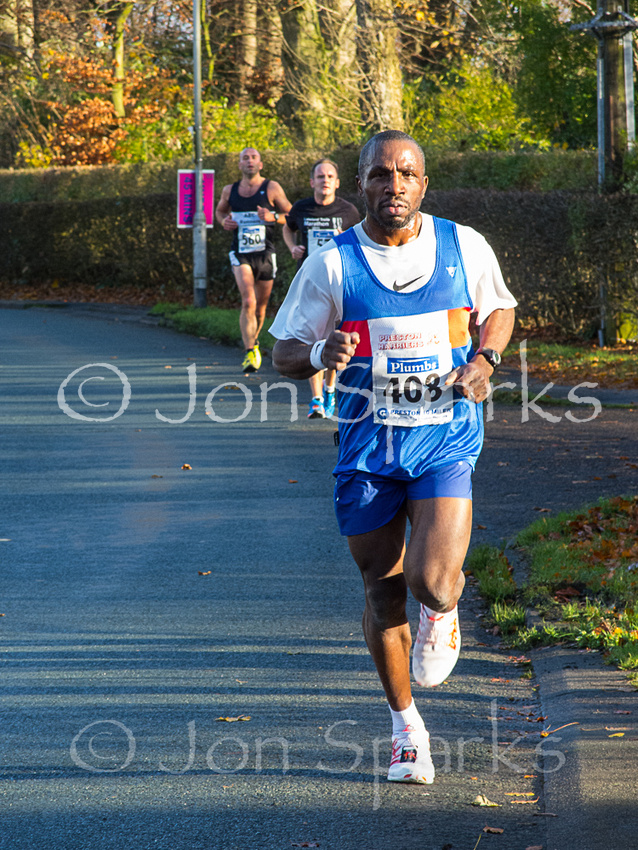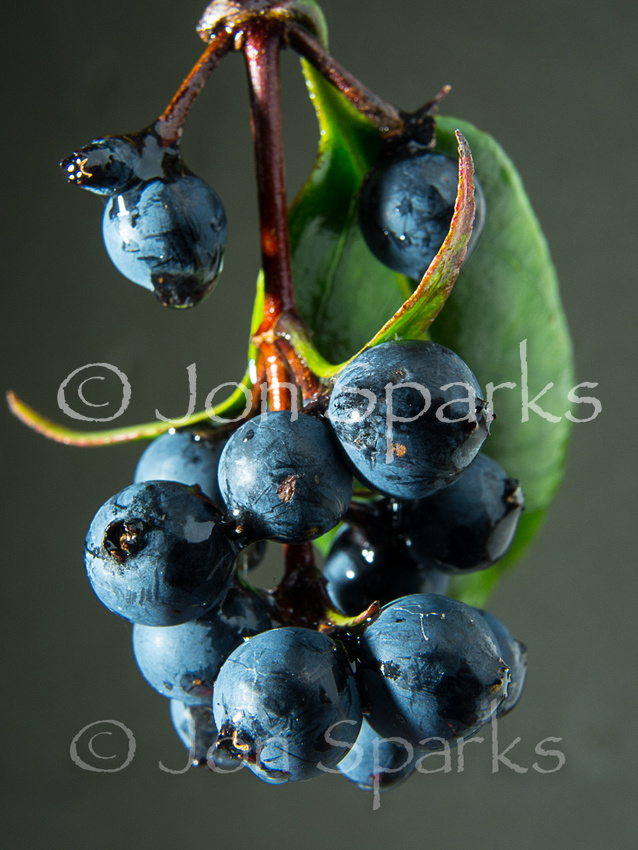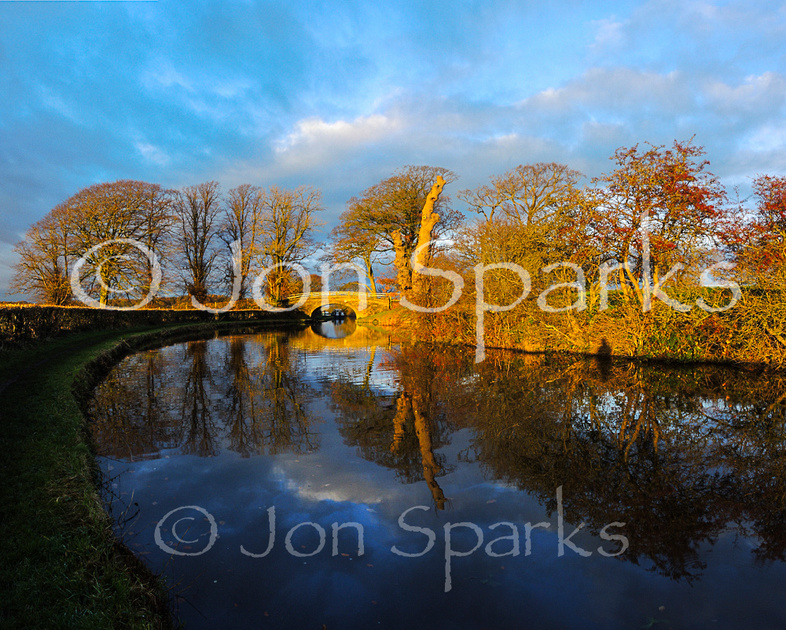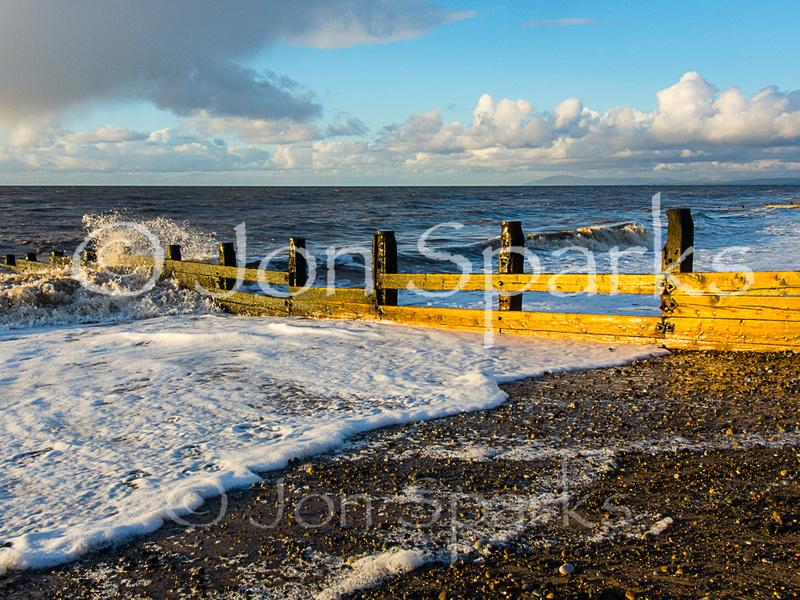Compact Nirvana? The Nikon Coolpix P7700
I’ve just completed my Expanded Guide to the Nikon Coolpix P7700; you’ll have to wait for that to be published to get a full rundown on the camera in use, but I thought I’d share a few thoughts right now – and I’ve got a few practical tips for P7700 users. If you’re looking for an exhaustive review and the possibility to make direct comparison with other high-end compact cameras, dpreview is the place; these are just a few key impressions. However, I have had the opportunity to work intensively with this camera over a month or so, as I did with its immediate predecessor, the P7100, so I can directly compare both the experience of working with it and the images which have resulted. There are two key differences between the P7100 and P7700. First, the megapixel count has risen from 10.1 to 12.2. I call this a key difference, but I’m struggling to see any benefit from it. In ways that really matter, like image noise and dynamic range, I can’t see any improvement at all in the images. In theory you might be able to make marginally bigger prints from the 12-megapixel images, but I do find that even at ISO ratings as low as 200 there’s enough image noise to obscure fine detail. So here’s my first tip for anyone wanting to make serious use of this camera:
Tip No. 1: For any critical work, especially landscapes and so on, shoot at ISO 80 or 100 whenever feasible.
Great quality – on a tripod! Woodacre Great Wood, Scorton, Lancashire
The second key difference is that the P7100 had a viewfinder and the P7700 doesn’t, so you’re entirely reliant on the rear screen (which is now a fold-out one) for framing your shots. This period of intensive work with the P7700 is the longest I’ve spent with a camera that relies on screen viewing, and it hasn't changed my view one iota. If anything it has reinforced it. It’s not just that the screen is impossible to see properly in bright conditions. It also makes handling more awkward. I need to qualify this a bit. In a lot of situations it doesn't make that much difference. With the camera on a tripod, and if the light’s not too bright, I find it perfectly feasible to use the screen and occasionally, especially when shooting low down, it’s even a bit easier. In fact, I found that to get decent results I needed to use the camera on a tripod more than I probably would with my DSLRs. In fact:
Tip No 2: This camera likes to live on a tripod as much as possible.
Of course, if you follow Tip No.1 and keep the ISO ratings low, Tip No. 2 becomes even more important. So it’s a decent tripod camera. However, for hand-held shooting, and in particular when fast reactions are required, the screen is nowhere near as good as a decent viewfinder. One case in point: last year, with the P7100, I photographed a cyclo-cross event, and found that the viewfinder worked well for panning shots. Unlike an SLR, the viewfinder didn’t have that momentary blackout as you released the shutter, which made it easier to follow through with the subject. This more than compensated for the fact that the viewfinder was a pretty poor effort in many ways; it only showed about 80% of the actual image – and that 80% is a linear measurement, which means it only showed about 64% of the image area. And, dependent on focal length and subject distance, you couldn’t even be sure that the 64% you were seeing was actually centred in relation to the image you’d get. This year, with the P7700, I shot runners in a 10-mile road race. Bear in mind that they were actually travelling slower than the cyclists, so panning should have been easier, but it wasn’t. In fact very few of my panning shots from that event were even usable. I got far better results when I switched to a head-on view and used a high shutter-speed to freeze the action. I already knew that the autofocus was not entirely to be relied on with fast-moving subjects, so I used manual focus and prefocused at a particular spot – a patch of sunlight on the road. Every single one of these shots was perfectly in focus. I have absolutely no doubt that if I’d relied on the AF, I’d not have achieved that, and I’d have missed a few shots because the AF was ‘hunting’.
Pre-focusing gave sharp images – but there's more highlight clipping and more depth of field than I'd have got on an SLR.
Just to confirm my problems with panning, I tried another exercise. Since one of my regular walking routes to some favourite locations goes right by, and then over, the M6 motorway, I tried some panning shots with cars in the outside lane. Anyone who knows me knows I’m not interested in cars, but this does make a good test as the speed will be fairly consistent; you can assume they were all travelling at 70 mph. It’s even possible that some were going a teensy bit faster – but no, surely people don't flout the limit, do they? Anyway, with my D7000 SLR, I’m not saying every shot was perfect, but I did at least get the car pretty well centred in the frame every time. With the P7700, I couldn’t get it right at all. Not once. At least, not with the lens zoomed in far enough to give a reasonable size image of the car. I’m sure I’d get better with practise, but I’m also sure that panning will never be as fluent and intuitive as with my SLRs. Of course, the P7700 is not the camera I’d choose for any professional ‘action’ photography. When I worked to its strengths, the results were good, but there’s an inescapable problem in that, every few seconds, it locks up as it writes the latest image(s) to the memory card. If you shoot a burst of 6 JPEGs at the fastest shooting rate (an impressive 8fps), there’s then a delay of 3–4 secs. If you try and shoot RAW, the delay is a lot longer – probably around 25 secs. So:
Tip No. 3: Shoot JPEG for action sequences. Shoot RAW and you’ll miss more than you get.
I’m well aware that I’ve been pushing this camera hard – but it’s implicitly marketed as a pocket camera for people like me, not just another ‘point and shoot’. And of course there’s lots to like about it. It feels, as most Nikons do, really solid and robust. It has lots of external controls, so most settings that I want to change regularly are readily accessible – and I change settings a lot, especially when working on one of these books. It’s maybe not quite as good in this respect as my regular DSLRs (D700*, D7000 and now D600), all of which have the benefit of two command dials – but on balance I’d say it’s at least as user-friendly (for my kind of user) as single-dial SLRs like the D3200 and D5100 – and the D5200 will be my next task. And, if I sounded critical about the image quality at the beginning, I need to qualify that too. It’s as good as any compact I’ve used, or whose images I’ve scrutinised. In fact it’s better than most , including the Olympus XZ-1 which we (briefly) owned. It doesn’t measure up to an SLR or other large-sensor cameras. No compact will. And of course I like a camera that can fit in a pocket. I’m far more likely to take it along when I go for a casual bike ride than I am with my DSLRs. However, against this there’s the fact that I feel the need for a tripod more than I do with an SLR. And finally, if you’ve read this far, and you are a P7700 user, here’s a morsel of useful info that you won’t find in the Nikon manual. The Nikon manual tells you that closest focus is at the 28mm wide-angle end of the zoom range. They say it’s 2cm from the front of the lens; I’d say it’s maybe even a millimetre or two closer than that. However, at that sort of range it’s often hard to get enough light onto your subject (you certainly can’t use the built-in flash for this!), and if the subject contains straight lines it’s painfully obvious that the lens gives severe distortion (barrel distortion to be precise) at 28mm. However, if you zoom out to 50mm, you get nearly the same magnification, far less distortion, and you’ve got more space in which to get some light on the subject. In fact, if you correct the distortion at 28mm (in-camera or in post-processing), this crops the image so that the end result is almost exactly the same magnification as at 50mm.
Tip no. 4: Use the 50mm zoom setting for better macro shots.
Macro quality – at 50mm focal length
And Tip no 4a: ‘zoom memory’ means if you hold the Fn1 button as you operate the zoom control you can zoom to 50mm precisely, every time. You can even deselect the 35mm zoom memory setting and make it a one-step operation, or you can use the Startup Zoom Position item in the Shooting menu so that the camera zooms to 50mm each time it turns on. And suddenly this becomes quite a capable ‘macro’ camera. It’s not life-size reproduction, so pedants (like me) will maintain it’s not true macro. On the other hand, you can get nearer to that kind of magnification than with most regular zoom lenses for DSLRs. To do better usually demands a genuine macro lens. One other limitation is that the zoom lens goes no wider than 28mm equivalent. Since I’d regard 24mm as a minimum for landscape, preferably 20mm, this is a problem. I have got round it by shooting three overlapping frames, panning horizontally with the camera in portrait format, and stitching them in Photoshop; I reckon the result is roughly equivalent to a 21mm lens. But it’s a slow process, it’s really problematic if there’s any movement in the frame, and above all you can’t actually ‘see’ the image at the time of shooting.
21mm equivalent view achieved by stitching three images
Verdict
I’m not a camera reviewer. I don’t, thank goodness, have to give spurious star ratings. It’s not a question of whether this is a good or bad camera. I hardly ever see bad cameras. They may be out there but they don’t seem to pass through my hands. The real question is: who is this camera for? Will it suit you? Put it this way. I like a lot of things about it – but when it goes back to the publisher, I won’t be buying one for myself. One reason is the lack of a viewfinder. I’ve tried – I’ve had to, using this camera intensively for all kinds of images – and in bright conditions the screen just isn’t good enough. I’ve never seen a camera screen that is. And anyway, I like the directness of a viewfinder. It gives me the sense that the camera is connecting me to the subject, not coming between me and it. The other most serious issue is image quality. The evidence of noise at any ISO above base, and the lack of dynamic range compared to my DSLRs, are major stumbling blocks. Of course, this will be true of any small-sensor camera and if I want a camera for the back pocket of my cycling jersey, I know I have to compromise. But there are compact-size cameras with APS-size sensors, so I know I can do better. And, given that I’d like to use the camera when I’m riding my bike, I’ll probably want to sue it to shoot cycling/mountain bike action too. And, as I’ve noted, it’s not a camera for actions sequences. I could work around this when out with friends, by planning individual shots, but it would always be a workaround. If you can live with all of these limitations, and bearing in mind that they would apply to almost any compact camera, perhaps even more forcibly, then the Coolpix P7700 is definitely worth a look.
No obvious quality problems here (Cleveleys, Lancashire)
* By the way, that D700 is about to go up for sale. Contact me now if you’re interested, or it’s hitting eBay tomorrow. Comments
Jeff(non-registered)
great photos...love your work!
Jeff http://www.printradiant.com | http://www.printlinkage.com | http://www.hitsticker.com | http://www.stickermac.com | http://www.roofingstar.ca
ron clegg(non-registered)
i've had this camera for about a year and agree with your take on iso etc. I really want to shoot wide angle with it and have been looking into using the WC-E75 with it. I'm looking at having a machinist friend build me a tube similar to the UR-E22 that accommodates the threads on the P7700 body with the threads on the U@-E22 adapter. This would allow one to use the highly rated wide angle lens adapter lens and achieve a 21 mm focal length. I've never been able to get the DX cameras to work well with wide angle. The 12-24mm DX lens is not that good. Other than buying an FX Nikon body and a 20 or 24mm lens to go with it... they're aren't too many options. Thought about buying a Mamiya pro tl w/ a 35mm lens dedicated to wide angle, or an old f4 with an AIS 20 or 24mm.... dedicated. Wouldn't mind trying the adaptor lens on the P7100 but that involves buying yet another camera.
Anyway. i'll figure out something. Some of the best photos i've ever taken were with a 24mm UD nikon on an FE-2. Any ideas... ? overall, the p7700 is a fun camera and works great at iso 80-100 in RAW. Pretty impressive..... and you're right about the tripod. If you take some care in shooting you can get some very good results. Plus, it's nice being free of schlepping big heavy bodies and lenses around. That's why I took a chance on it....
Thanks for posting your thoughts on the camera. I have been looking at the P7700 as a camera to "take along while doing things outdoors", like tramping ( down here in NZ ) or while saltwater fly fishing. The build, body size, lens speed and range are almost perfect for my purposes but as you have highlighted the AF and file writing/buffer depth kills it for any action sequences (casting, fish jumping, people jumping etc). I'll continue with my Canon G10 for a bit longer as it does pretty much the same as the P7700 and fits into a plastic Dicapac bag to survive the saltwater splashes, fish slime and mud. Maybe the next iteration will fix these issues or a weatherproofed Nikon V3 (and sealed lenses) will appear ...
As you are obviously into the outdoors activity genre - I'd be interested to see your take on the trade-offs between suitable camera designs, size, lens options, weather-proofing, carrying options etc. Regards, Mark
No comments posted.
Loading...
|







